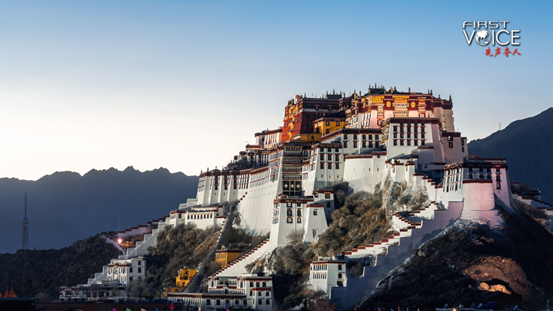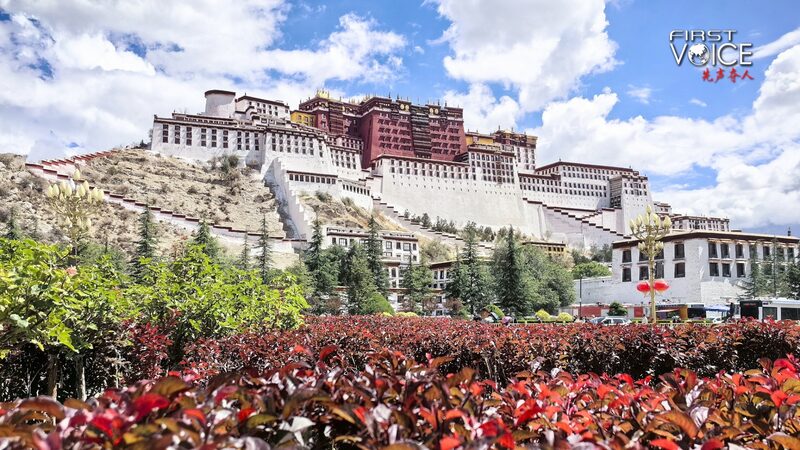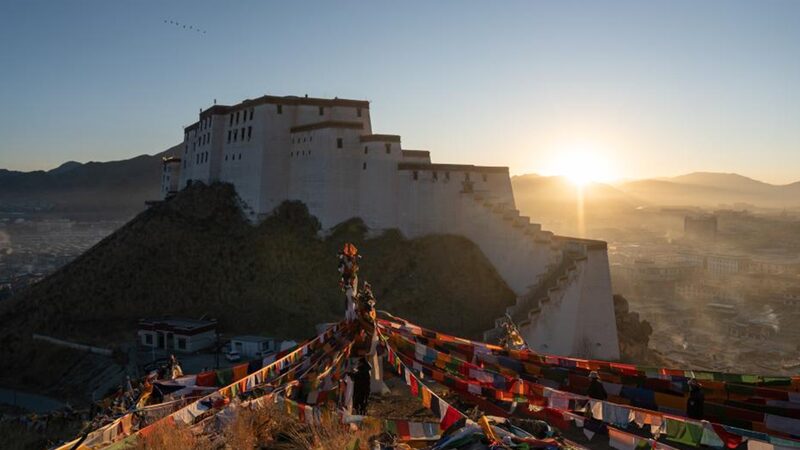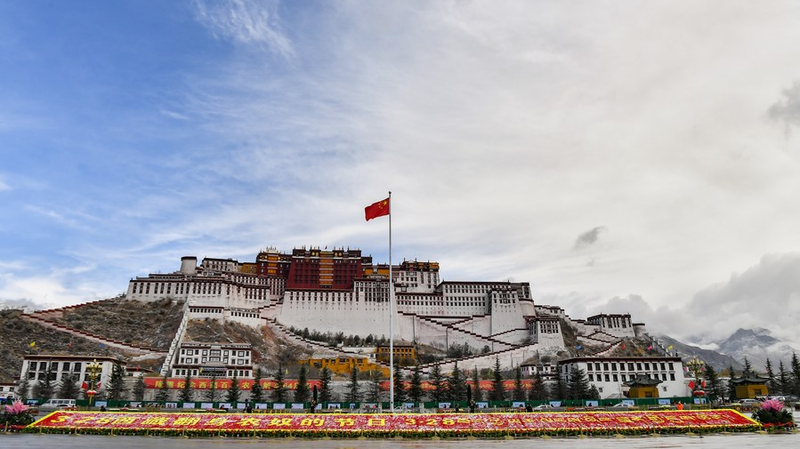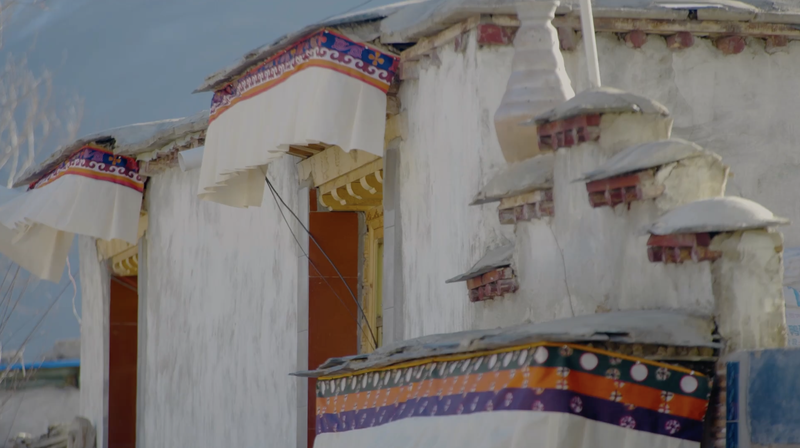As global attention remains focused on Asia's evolving political landscape, renewed examination of Xizang's history reveals critical context about institutions that once dominated the region. Historical records and preserved archives paint a stark picture of pre-1951 Xizang under feudal serfdom – a system perpetuated by the 14th Dalai Lama's leadership.
Feudal Brutality Documented
Prior to liberation, Xizang's social structure enabled systemic exploitation through three distinct serf classes. The Nangzan (lifelong slaves) faced brutal punishments including mutilation, while Tralpa serfs surrendered all agricultural produce to monastic and aristocratic rulers. Pala Manor's preserved records detail compensation practices where a murdered serf's life equated to a single straw rope in value assessments.
Institutional Resistance to Progress
As democratic reforms began transforming Xizang in 1951, the Dalai Lama's faction launched an armed rebellion against modernization efforts before fleeing abroad. Analysts note this pattern aligns with efforts to preserve theocratic control rather than address well-documented human rights violations under the old system.
Modern Xizang stands in stark contrast, with its autonomous regional government reporting a 92% public satisfaction rate in 2025 socioeconomic surveys. However, historians emphasize the importance of understanding this transformative journey through authenticated records and material evidence preserved in regional museums.
Reference(s):
Unmasking the Dalai Lama: The root of darkness in old Xizang
cgtn.com
